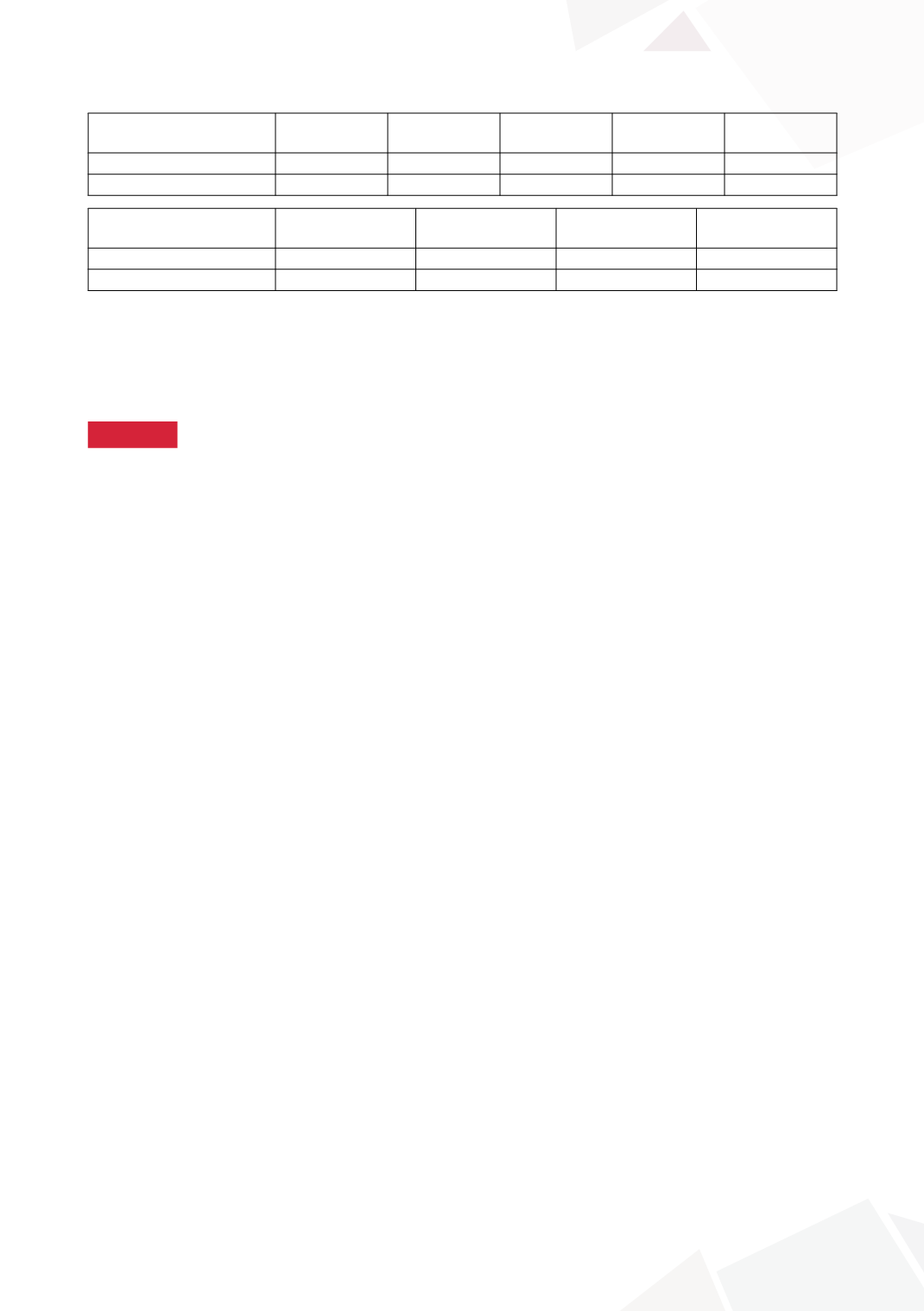

308
28
TH
CONGRESS OF THE ESPU
Total
N=124
Under weight
n=68(54%)
Normal
n=41(33%)
Over weight
n=15(13%)
p
No response
64(52%)
35(54%)
18(44%)
11(73%)
Partial/complete response 60(48%)
33(46%)
23(56%)
4(27%)
0.1
Total
n=124
Poor compliance
n=19
Good compliance
n=105
p
No response
64(51%)
10(53%)
54(51%)
Partial/complete response 60(49%)
9(47%)
51(49%)
0.95
CONCLUSIONS
Partial/complete response was obtained in half of the patients in the analysed cohort. Compliance
was high (85%). Nor BMI or compliance significantly influenced the success of the treatment.
10:00–10:10
S1-5 (LO)
PERCUTANEOUS TIBIAL NERVE STIMULATION
AS TREATMENT FOR THERAPY-RESISTANT OVERACTIVE
BLADDER
Vera JANSSEN
1
, Hanny COBUSSEN-BOEKHORST
1
, Ini DIEK
2
,
Marleen TROMPETTER
3
, Barbara KORTMANN
4
and Liesbeth DE WALL
4
1) Amalia childrens hospital, university center Radboudumc, Pediatric Urology, Nijmegen, NETHERLANDS - 2) Isala
hospital Zwolle/ Meppel, Urology, Meppel, NETHERLANDS - 3) Isala hospital Zwolle/Meppel, Urology, Meppel,
NETHERLANDS - 4) Amalia childrens hospital, university center Radboudumc, Pediatric Urology, Nijmegen,
NETHERLANDS
PURPOSE
Overactive bladder (OAB) is a common pediatric disease. In 20% standard treatments are insuf-
ficient. Percutaneous Tibial Nerve Stimulation (PTNS) might promising in these children. It is proven
effective in adults but inadequately studied in children. Our aim is to study effect and feasibility of
PTNS. A prospective, observational study starts in 2017. We present the pilot results here.
MATERIAL AND METHODS
Patients of 7-16 yrs with therapy-resistant OAB of two centers were included. All patients received
30 minutes of PTNS for 12 subsequent weeks.
Parameters were collected before and after treatment.
RESULTS
A total of 7 (4 boys/ 3 girls) were included, aged 9 (8-12) yrs.
Maximum bladder capacity (MBC) as percentage of expected bladdercapacity for age (EBC)
increased with a mean of 34 (23-50) % (see table). Overall incontinence episodes decreased.









